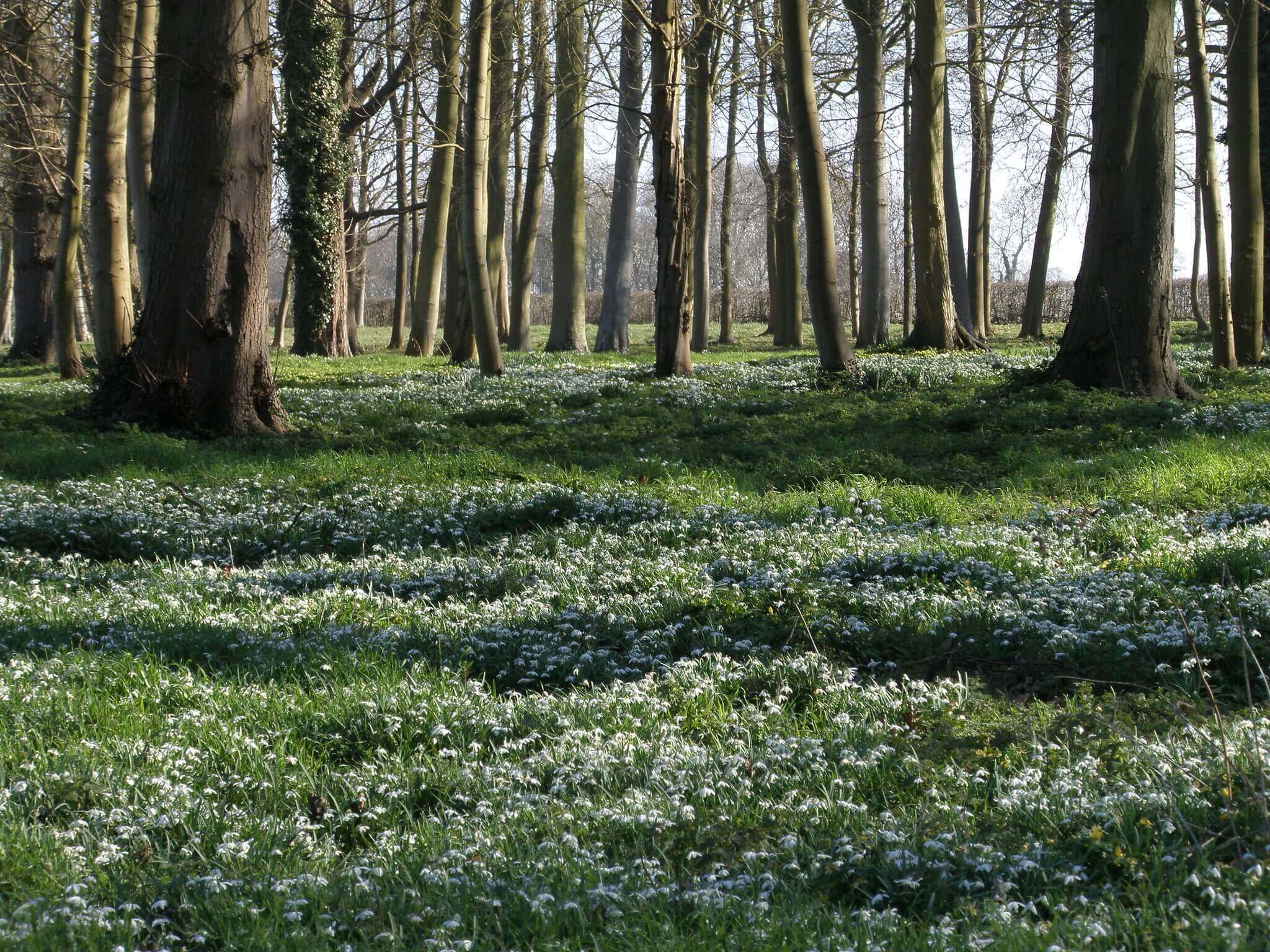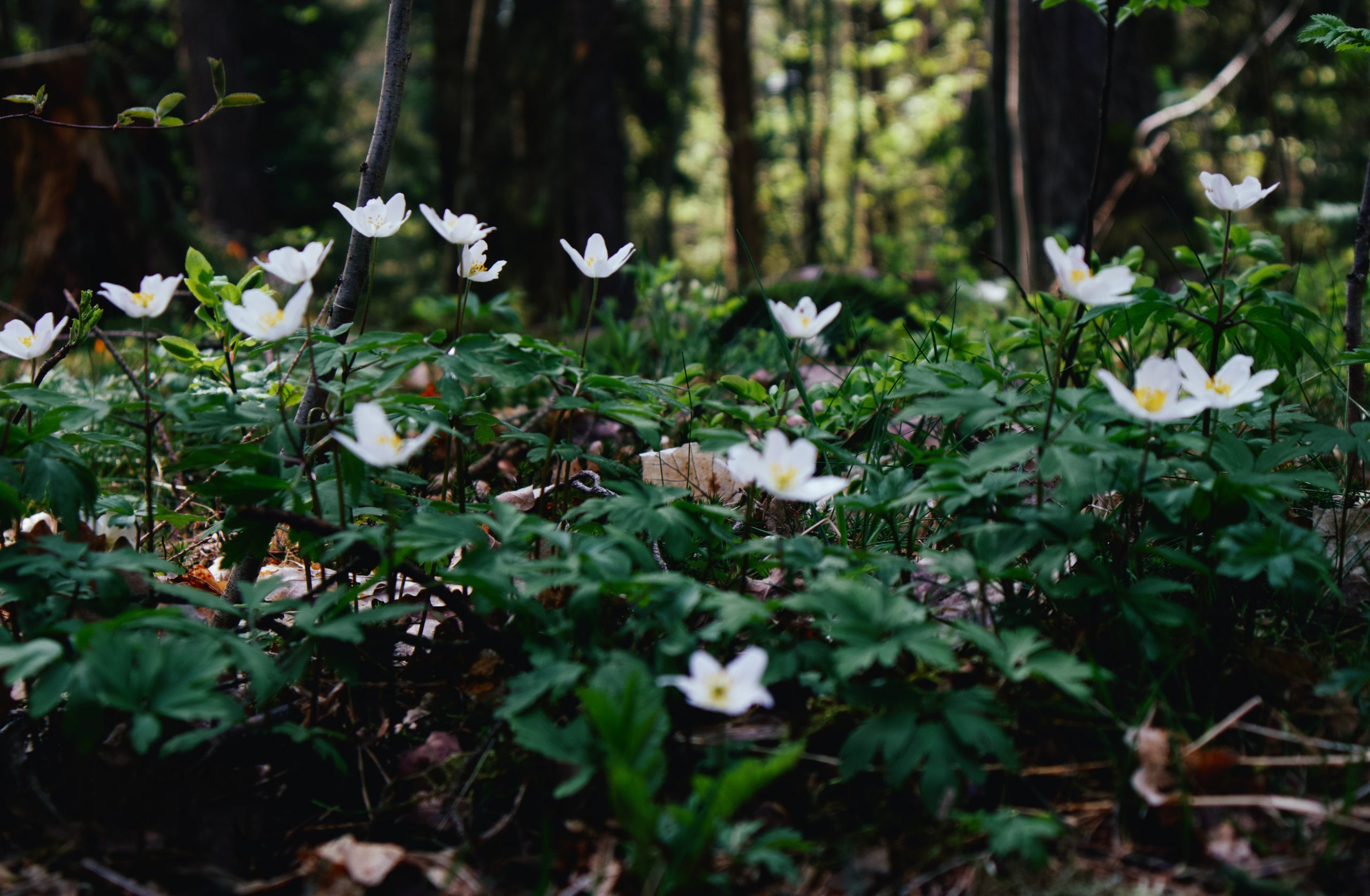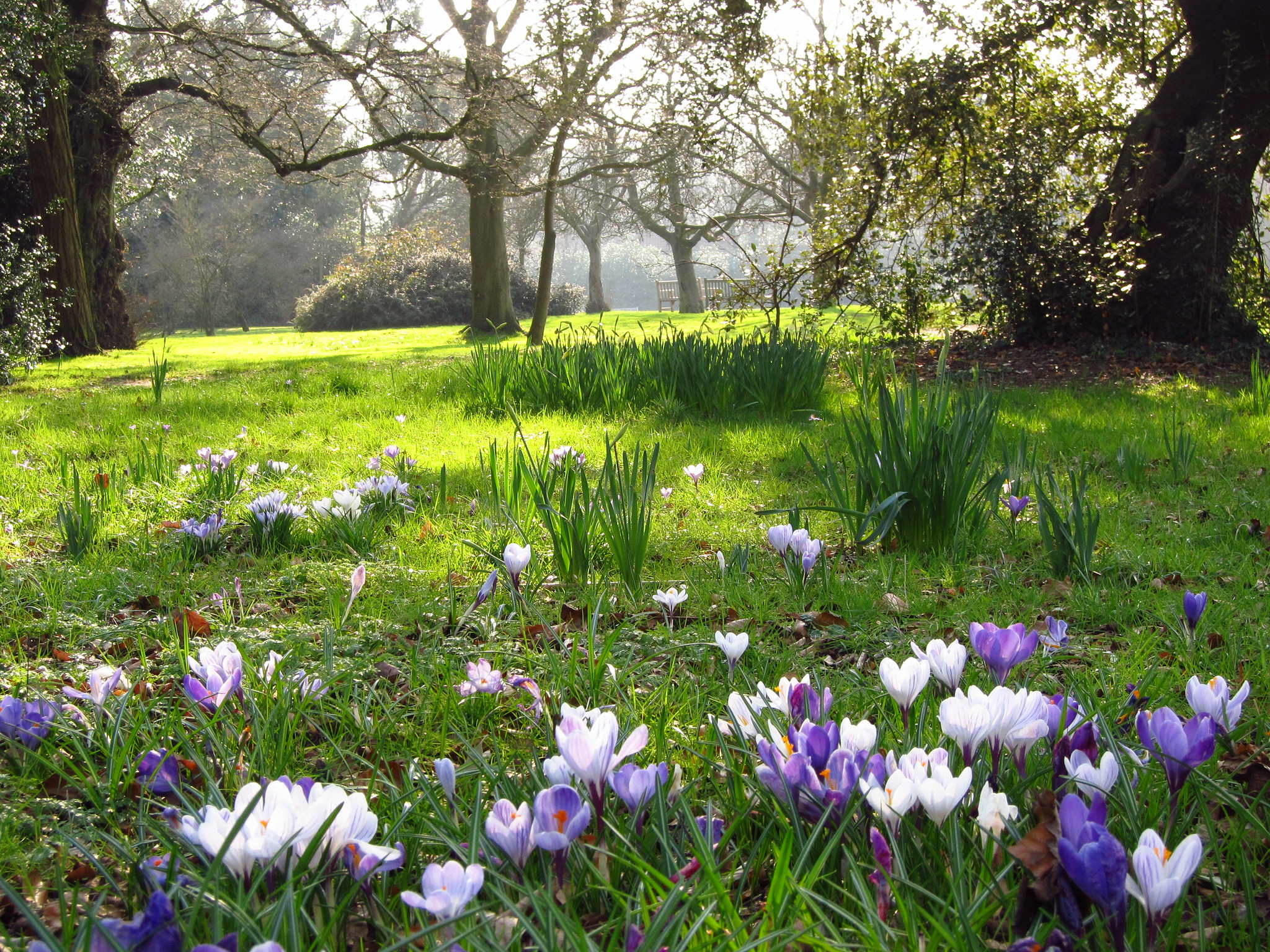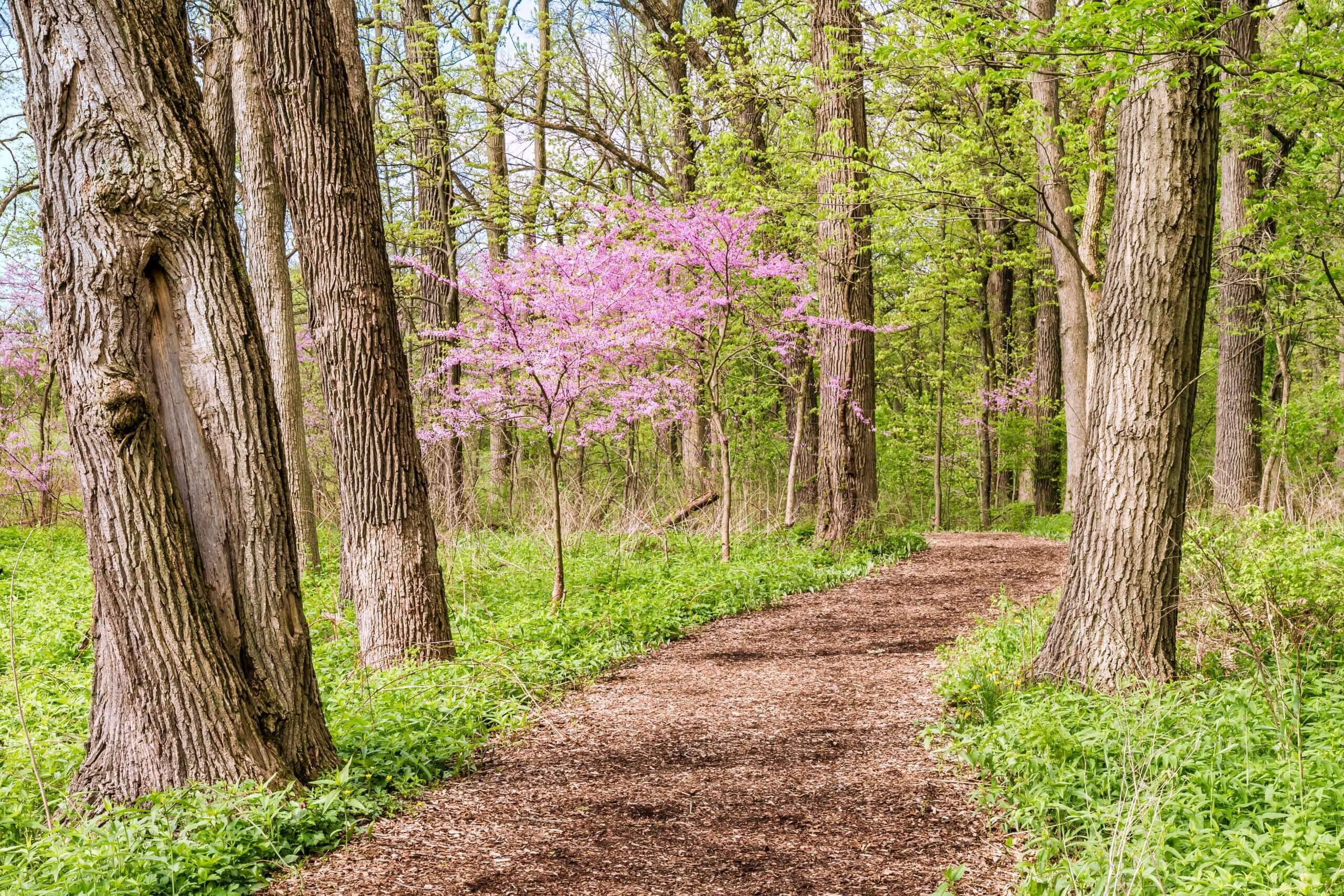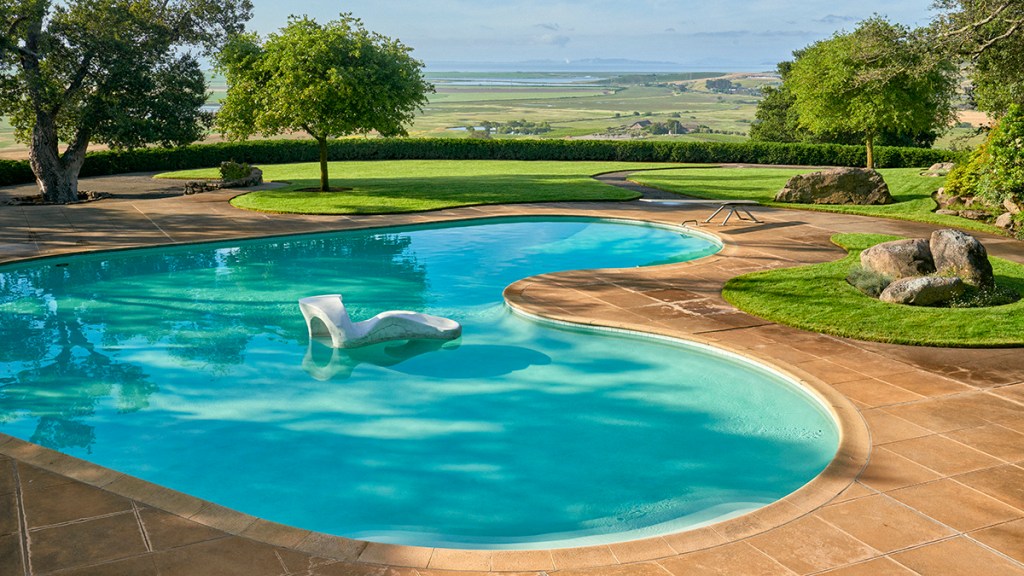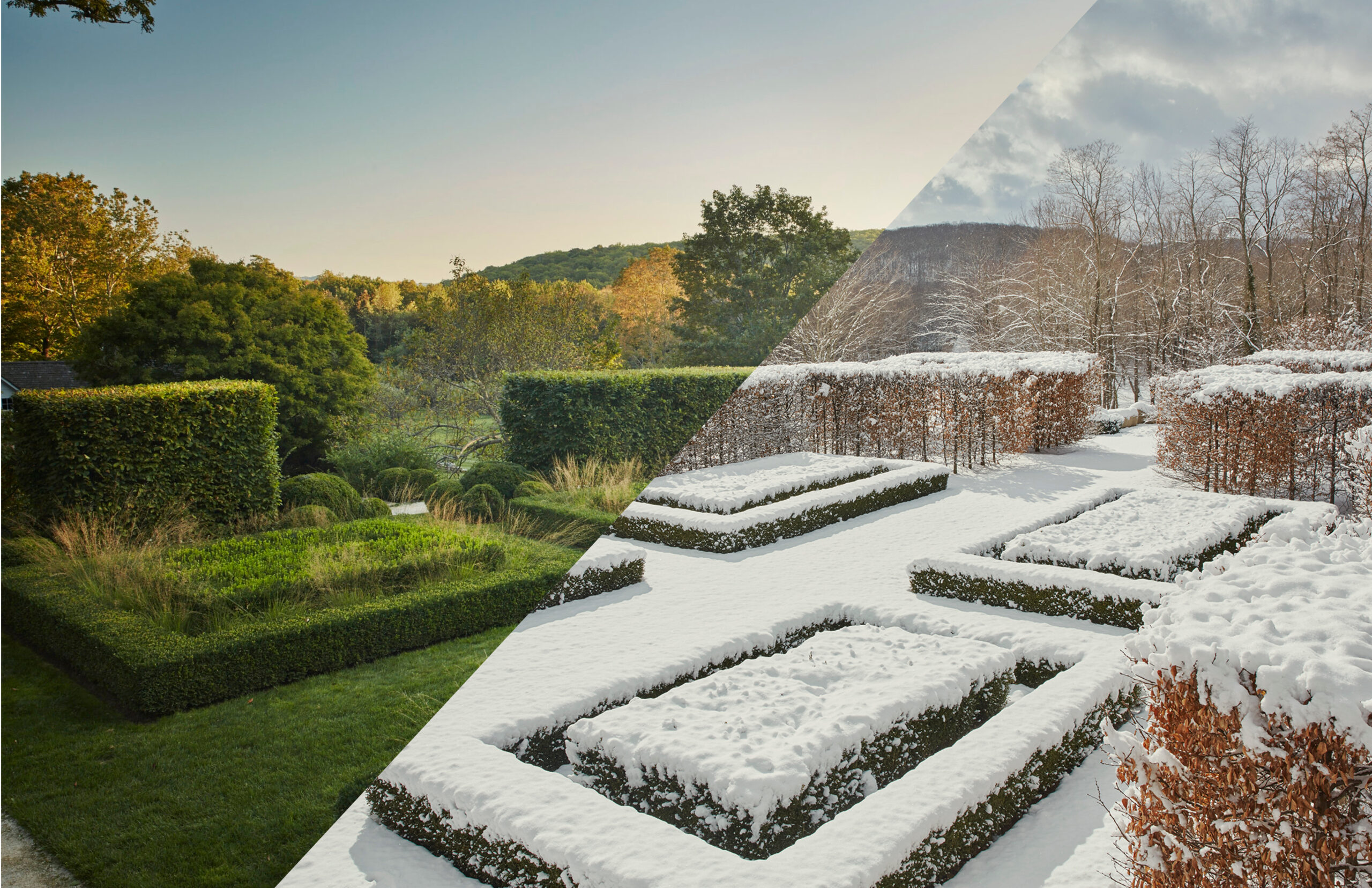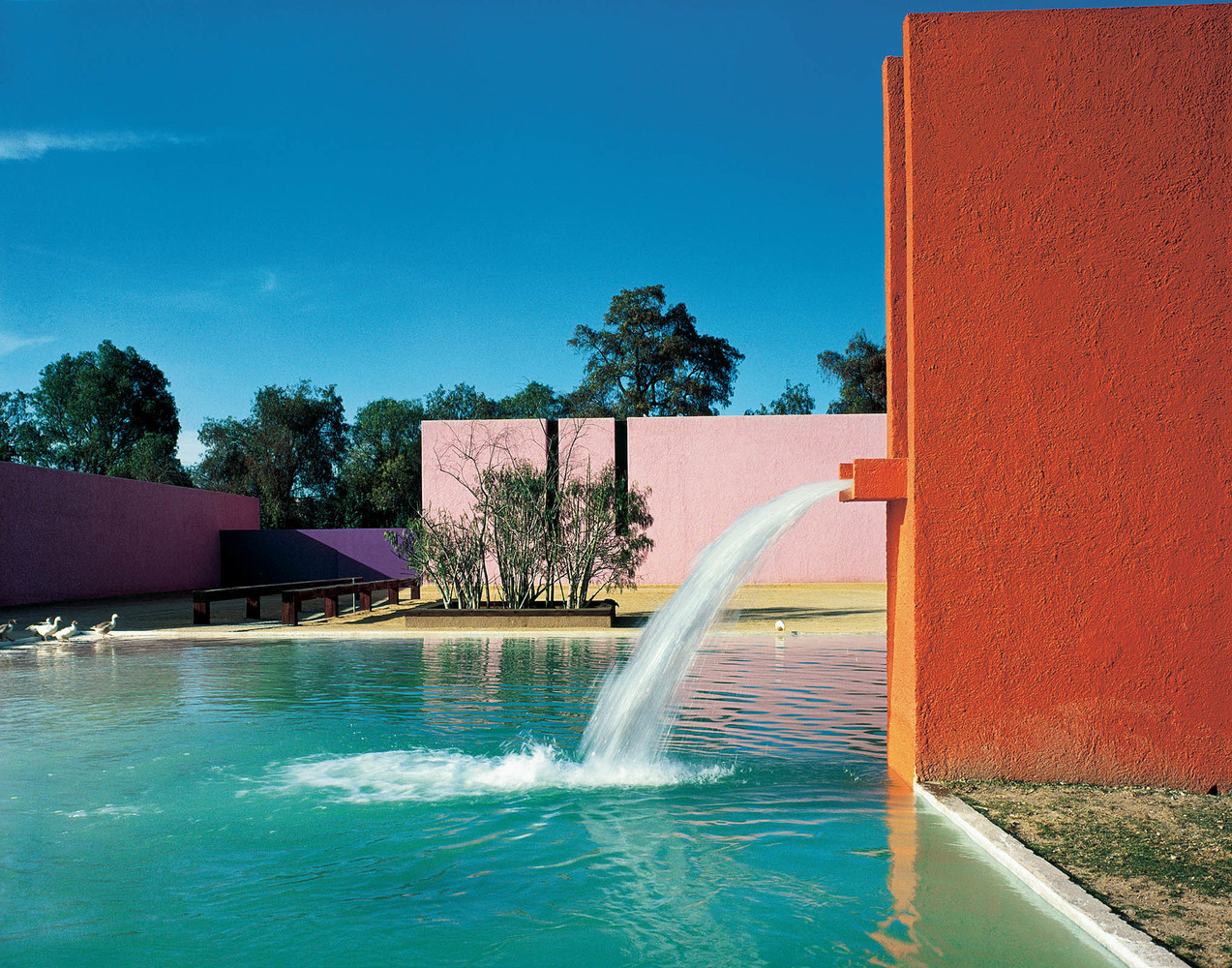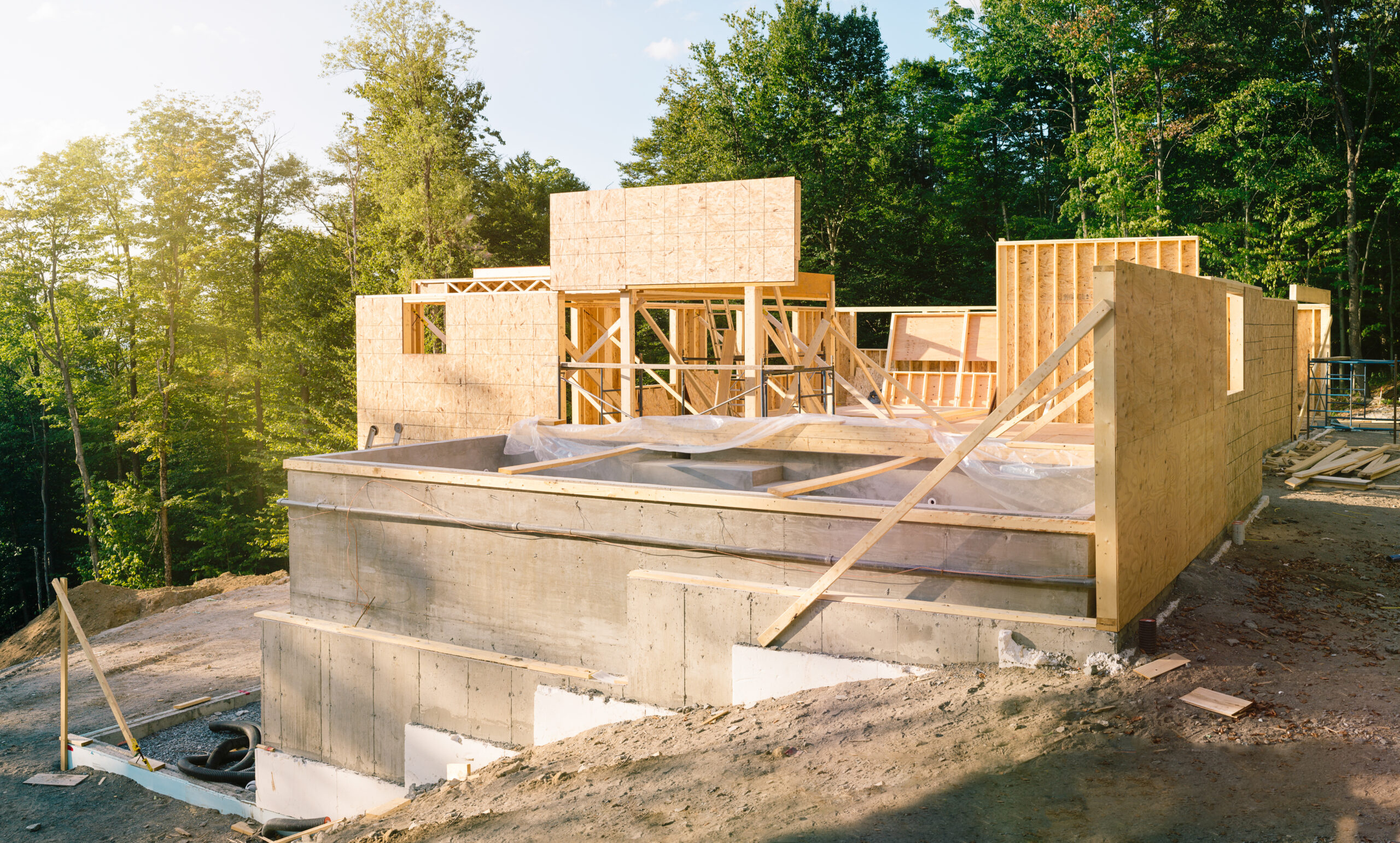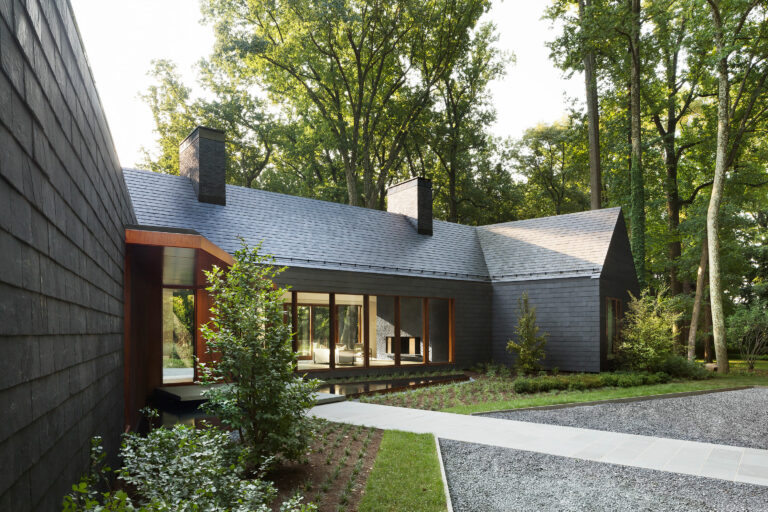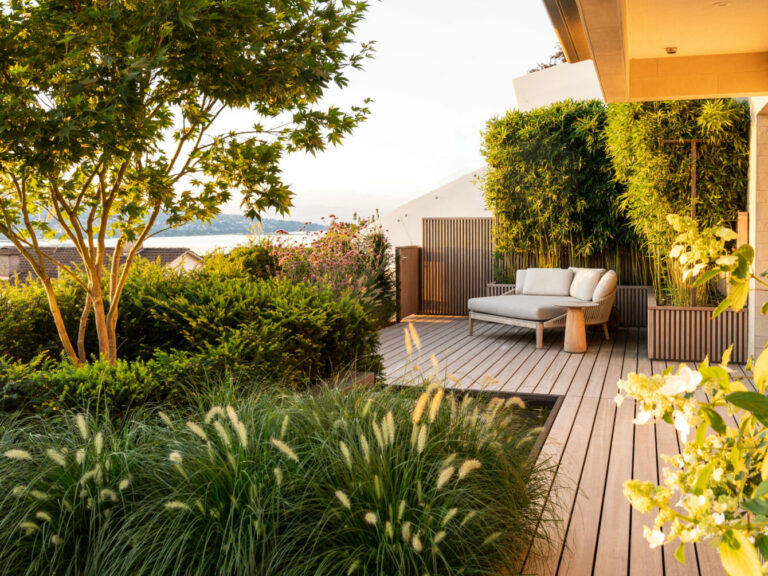There are a few questions landscape architects and designers consistently get asked from friends, family or clients. Which is why we created a place where you can direct clients to read in depth about their own questions while providing you with knowledge and resources to “freshen up” on these topics!
Spring plants are important to every landscape because it offers a season for certain types of plants to bloom, and choosing the blooming period of spring flowers is an essential part of how to design a landscape. You can choose to include early-blooming shrubs, trees, or flowers, such as crocus, dogwoods, or crabapples. However, be sure to select plants that bloom later than the others. This will avoid having all plants blooming at once and provides diversity in blooming seasons.
There are many different types of spring flowers to choose from in regard to blooming schedule, variety of colors, and certain requirements of soil/sun. Spring bulbs are a great choice for your landscape. You can plant them under deciduous shrubs or small trees or even place a few random bulbs in a lawn area, but try to avoid around evergreens. Reasoning, because spring flowers bloom early, they need ample light. Evergreens tend to have persist foliage, while deciduous trees allow light to penetrate through to the soil
The colors of spring flowers can be bright, cheery, and a wonderful visual addition to any landscape. They make an immediate impact on the curb appeal of a landscape while adding color and aromas to your landscape. You can also plant flowering shrubs in a container to add visual interest to your property.
In the winter, the landscape can be barren and dull, but spring-flowering shrubs and bulbs can brighten the yard dramatically. The yellow and red colors of the flowers will add to the color contrast in the landscape and make the space more inviting. When spring blooming plants are planted near entrances or pathways, they will attract attention, create a focus and direct guests to a certain focal point.
#5. What are the best spring flowers?
Truth is, the word “best” should be tied to the performance of the plant depending on the environment, which is the soil/sun conditions & requirements to promote healthy plant growth. But we’ve compiled a list of the best spring flowers that can put a punch of color in the landscape. Remember to mix in deciduous shrubs or trees with spring blooms for additional blooming periods. These perennials will provide a splash of color in your landscape. Many bulbs will stay dormant during the winter, so planting them early in the fall will maximize their blooms. The bulbs will naturally naturalize in the garden, but you may have to transplant them every few years depending on the species.
Hyacinths
Hyacinths (Hyacinthus orientalis) are one of the most popular spring flowers. The bulbous hyacinth plant grows in long, slender racemes, with the tiny, sweet-smelling blooms reblooming throughout the spring season. These beautiful plants are hardy and easy to grow and can tolerate partial shade. They can last several years if planted in the proper soil and exposed to sunlight. They are great for planting in a sunny area, but need a lot of water to survive the winter.
- Zone: 4 to 8
- Height: 6 to 12 inches
- Spread: 3 to 6 inches
- Bloom Time: April
- Bloom Description: Blue, purple, pink, red, and white
- Sun: Full sun
- Water: Medium
- Maintenance: Low
- Flower: Showy, Fragrant
- Tolerate: Rabbit, Black Walnut
Crocus
Another flower that will be blooming this spring is the crocus (Crocus vernus). These tiny purple flowers have scarlet stigmas that are used in cooking. Their scent will attract the bees, and their size makes them a great option for the front flower bed. Its blooming time is early April or early May, depending on the type. The crocus is one of the best spring flowers, as it has a distinctive yellow and white stigma.
- Zone: 3 to 8
- Height: 3 to 6 inches
- Spread: 3 to 6 inches
- Bloom Time: April
- Bloom Description: Purple or white
- Sun: Full sun to part shade
- Water: Medium
- Maintenance: Low
- Flower: Showy
- Tolerate: Deer, Clay Soil, Black Walnut
Daffodils
Daffodils (Narcissus jonquilla) are the most popular flower in spring, and they’re a great choice for a beginner garden. They’re frost- and drought-resistant and won’t need much care. If you’re not sure what you want to grow in your garden, try some of these plants to get a feel for the season. Then, just enjoy the beauty of your home’s new flowers
- Zone: 4 to 8
- Height: 9 to 12 inches
- Spread: 6 to 9 inches
- Bloom Time: April to May
- Bloom Description: Yellow
- Sun: Full sun to part shade
- Water: Medium
- Maintenance: Low
- Flower: Showy, Fragrant
- Tolerate: Rabbit, Deer, Drought
Tulips (Tulipa alberti)
Tulips (Tulipa alberti) are a great choice for a spring flower garden. Their large, upright blooms can stand out amongst the other plants in the garden. These bulbs grow in almost every climate zone and need part shade and moderate winters. While you can choose a variety that is appropriate for your climate, you should consider the type of soil your garden receives. If you are considering a certain flower type for your spring planting, you should look for its specific requirements.
- Zone: 6 to 8
- Height: 6 to 9 inches
- Spread: 6 to 9 inches
- Bloom Time: April
- Bloom Description: Multiple varieties of colors
- Sun: Full sun
- Water: Medium
- Maintenance: Low
- Flower: Showy, Good Cut
- Tolerate: Black Walnut
#4. When is the best time to plant tulips?
When to plant tulip bulbs can be tricky. Tulips require cold weather to root. The best time to plant these flowers is during the late autumn or beginning of winter, when the temperature is 40 to 45 degrees Fahrenheit. If you live in a warmer climate, you can chill the bulbs for eight to 12 weeks before planting them. After planting, tulips will need a period of protection from frost to protect the fragile embryonic flowers inside the bulbs.
When planting tulip bulbs, remember that the bulbs require some sunlight to grow and bloom. They should be planted in full to part sun, although they can tolerate light shade in summer. In a sunny spot, tulips will start growing early and will receive more sunlight than they need in the summer.
Planting tulip bulbs in fall is also important to avoid any frost damage. If you are planting tulip bulbs in pots, make sure that the soil has good drainage. If it is not, you should break up the soil first before planting. If you’re planting them in soil with no drainage, you should mix coarse gravel with hard subsoil. Alternatively, you can use sifted cinders or broken stones.
Before you plant tulip bulbs, make sure the soil temperature is a minimum of 60 degrees Fahrenheit. You should also dig a hole six to eight inches deep for optimal soil temperatures. The deeper the hole, the more bulbs you can bury. Ensure that the ground is free of debris before planting tulip bulbs. After planting tulip bulbs, you should move them to a cool and dry location.
#3. When is the best time to cut down ornamental grasses?
It is important to know when to cut down ornamental grasses, especially if you leave the dried clumps of grass for winter interest. Once you know when to cut down ornamental grasses, the next important aspect to know is how far to cut it down. Cutting the grass to within a few inches of the ground will minimize the risk of damage to the plant. In addition, it will prevent new growth from forming. If you live in an area where seasonal wildfires are a concern, you can cut back the grasses in the fall to reduce the risk of fire.
To ensure proper growth of the ornamental grass, you should consider reducing the height of ornamental grasses every year. Most ornamental grasses can be trimmed in early spring, however, cutting them too much can cause the plant to develop soggy crowns and suffer soggy death. If you do not cut down the plant at the right time, you’ll have to wait until the following spring to reap the full benefits of your hard work. If you cut down the plant too quickly, it will look mounded.
The main reason for pruning and cutting back the dried clumps of grass is to encourage new growth. It is also important to remember that larger grasses often rot if you do not prune them. If you do not cut the grass, it can affect the plant’s ability to warm up in the spring. Leaving dead material on the plant will slow down the plant’s ability to warm up and produce new growth, preventing the plant from growing.
#2. When is the best time to plant a tree?
Truth is, there is no one “right” time to plant a tree due to unpredictable patterns in weather, and each state has its own microclimates with varying plant species. However, generally, planting trees in the spring or fall reduces the risk of them dying. During the summer, a tree’s roots grow rapidly and it will benefit from the warm weather.
The best time to plant a tree is during the dormant season. This is the time of year when trees are least disturbed. In the Northern Hemisphere, this means that trees go into dormancy during the fall and come out of it in the spring. As a result, fall is an ideal time to plant a tree. In autumn, deciduous trees drop their leaves and unfurl their buds.
Regardless of where you live, the best time to plant a tree is usually fall or spring. These two months have similar climates. In the deep South, spring is the best time to plant a tree, as it allows the tree to get adequate nutrients. In colder climates, fall is the worst time to plant a new tree, because freezing temperatures will kill the tree’s roots and prevent it from establishing a strong root system.
#1. When is the best time to prune a hydrangea?
The best time to prune a hydrangea shrub depends on whether it is blooming or not. Most plants have flower buds on the current year’s growth, so they should be pruned as early as possible. After flowering is finished, the hydrangea will produce more flowers. When is the best time to do pruning? The best time to do this is in late summer or early winter, before the buds form.
Pruning a hydrangea is best done in the spring or late fall to stimulate new growth and to prevent the plant from losing flower buds. Most hydrangeas produce flowers at the top of the plant, so the most common time to prune is just after the flowers appear. A hydrangea needs to be pruned to promote new flower buds to produce more blossoms.
Bigleaf hydrangeas should be pruned at the base of the plant to remove dead and unwanted flowers. The new stems will not bloom until the following year. If you want to perform drastic pruning, you should do it in stages over three or four years. This way, you’ll be able to gradually reduce the plant’s size. When pruning, cut off the old stems at an angle, this will encourage the new growth.
Why is it important to plan a landscape before Spring?
In the winter months, most homeowners do not think about their landscaping plans. They focus on cleaning up and winterizing their existing features. This leaves little time to make changes. But the winter months are a great time to plan for spring landscaping projects. With more daylight and warmer temperatures, springtime is the perfect time to begin thinking about your outdoor space.
Why? The winter months, the landscape season is typically slower which means you’ll have more time to contemplate your plans and get an early start on your outdoor space. First, plan your layout and configuration. This way, the new design will flow well with the rest of your property.
Secondly, consider the season. In the spring months, many landscape design companies are at their busiest. Because of this, some projects can only be scheduled in the spring or even into the summer. To avoid this, make sure you plan for the landscaping project early. This way, you can enjoy your new outdoor space earlier. You’ll also allow the plants to settle and produce without interruption.
Before planning for spring landscaping, remember that the season is the most ideal time to establish new plantings. The winter months are an ideal time to prune trees and evaluate the landscape. By planning for the winter, you can ensure that your landscaping project will be done in time for the summer. The warmer weather will also give you more time to enjoy the new space that you’ve created. If you’re planning to add a patio or deck, be sure to schedule the work in the early spring.
